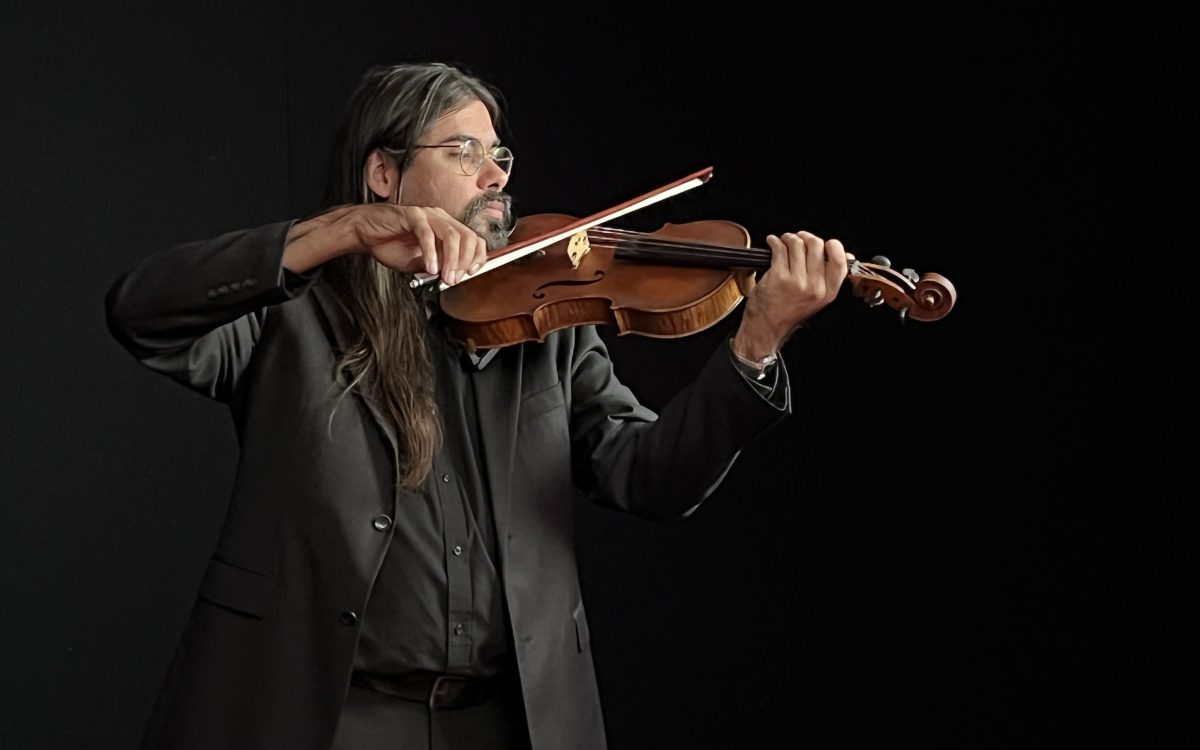Collective Movements is a timely touring exhibition of traditional and contemporary First Nations creative practices that bring some of Victoria’s most exciting collections and collaborations back to the places that inspired them.
Collective Movement is curated by the deadly trio of Taungurung curator, artist and writer Kate ten Buuren, Lardil and Yangkaal artist and curator Maya Hodge and Boon Wurrung senior elder N’Arweet Professor Carolyn Briggs AM, with advice from Bundjalung, Muruwari and Kamilaroi artist and senior academic, Professor Brian Martin, Director of the Wominjeka Djeembana Indigenous Research Lab. The dynamic broad spectrum experience highlights the centripetal drive of First Nations People to come together to connect, share experience and expertise, and to build relationships that strengthen culture.
ten Buuren is passionate about the importance of Collective Movements as an affirmative presentation of ‘the roles that collectives play in carrying on cultural practices, bringing people together, supporting one another and advocating for Aboriginal and Torres Strait Islander cultural expression’.
She says, ‘Nothing happens in isolation and … the rich history of [First Nations] creative collaborations and the work that collectives have done ensures that we can do the work we do today.
‘There has always been so much activity in regional areas, in art centres, community spaces and around campfires and kitchen tables.’
She adds that N’arweet Carolyn Briggs was pivotal to ‘creating pathways of connections between groups … and shaping the stories that we would share through the exhibition, grounded in knowing that we are all connected – across peoples, art forms, places and materials.’
The value of site-specific regional touring becomes paramount. ‘It was essential to take this exhibition back to those places … to ensure the members of these groups and their families see the impact of their work and the ripple effects of it,’ says ten Buuren.
Alongside glorious historic works showing life-affirming creative collaborations, including beautiful Blak archival footage from We Iri, We Homeborn – Aboriginal and Torres Strait Islander Arts Festival (1996–99), the Collective Movements exhibition features impressive and innovative artwork commissioned by Monash University Museum of Art (MUMA).
Musical truth-telling
Both historically and in the present, it’s clear there is the indelible need for First Nations peoples to find a safe place to reconcile with the centrifugal force of colonisation. One of the commissions that reaches beyond Victoria is Our Place (2022), a wonderful 20-minute, five-channel video with stereo sound that takes us across the various home countries of Ensemble Dutala (Star Filled Sky, Yorta Yorta). The Ensemble grew from a Short Black Opera change-making initiative that created a space for aspiring First Nations classical musicians to speak truths, celebrate and nurture their passions, and in turn support one another as they carve spaces in the broader classical music space.
For Hodge the familial and community archives (physical and embodied) of Collective Movements ‘is where our sovereignty exists,’ she says. ‘It is a snapshot of how interconnected we are through waterways, familial lines, place and proximity to the stories we share, and the work we create. We look forward to seeing how these relationships, and practices, will continue to grow long after the tour.’
Collective Movements was developed by Monash University Museum of Art (MUMA) and is currently touring with NETS Victoria. It is being shown at Latrobe Regional Gallery until 22 October, followed by Mildura Arts Centre early 2024. It also features an outdoor presentation at Castlemaine Art Museum later this year.





